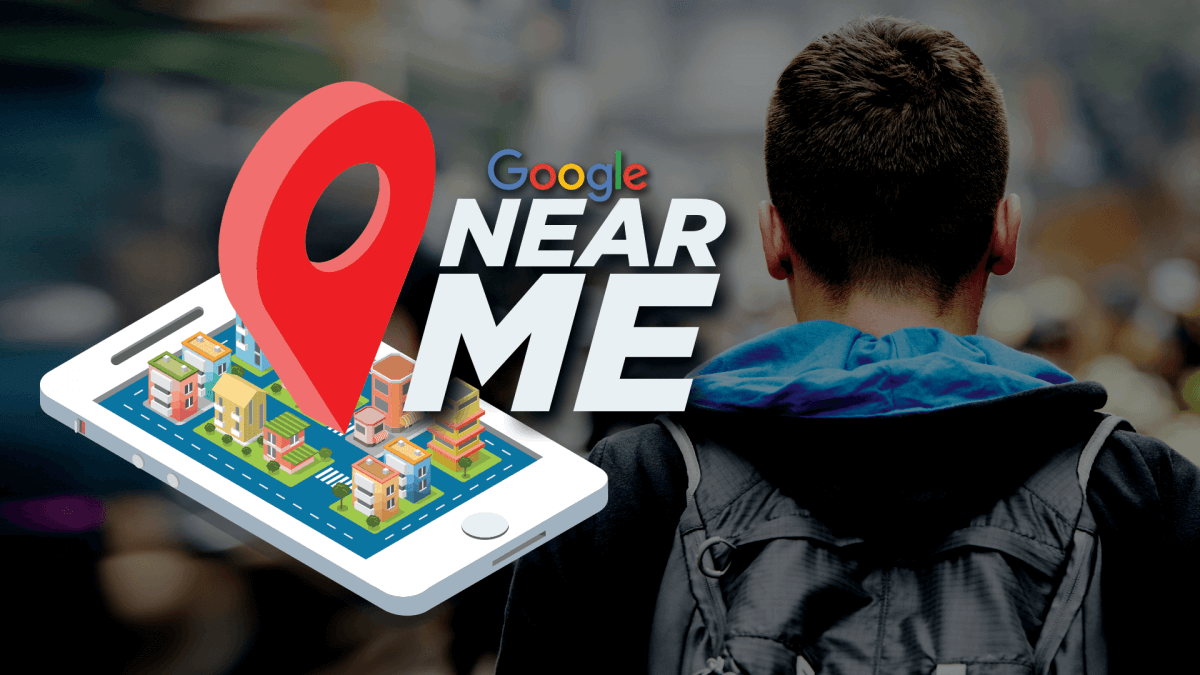
Near Me by Harvey Turner
March 7, 8:00 a.m. EST
In early 2010, Google launched a location-based search feature for mobile devices. It is called ‘Near Me, ’ and it allows users to search their current vicinity for restaurants, bars, cafes, banks, ATMs and other services. The feature was a hit right away because it means that people visiting entirely new locations can check out a real-time map of its facilities.
In 2015, Google searches containing words like ‘closest,’ ‘nearby,’ ‘near to me,’ and ‘local to me’ had multiplied by around thirty-five times, in comparison to 2011. So, the tool is hugely popular, and it continues to grow in presence alongside our reliance on mobile devices. Now that Google has announced plans to transition to a mobile-first indexing system, it is time for internet companies to think seriously about their mobile optimization strategies.
What Is a Micro Moment?
Over time, Google has developed beyond just providing the opportunity to perform local searches. It is now creating what it refers to as ‘micro moments.’ These are experiences which start with a particular type of experience. Users are looking for somewhere to eat, something to buy, something to watch, or somewhere to visit. The overwhelming majority of these moments contain a reference or request for local services. It makes sense. You do not go searching for Chinese food or cinema listings in a town twenty miles away – you are looking for nearby answers. And fast. Google knows this, and many popular keywords now get autocompleted with the words ‘near me.’
It is an important development because it shrinks the distance between business and consumer. The SEO potential is enormous if content creators take the time to optimize their websites to their location. Rather than topping results pages and securing a visit (but not necessarily a sale), micro-moments are linking businesses to customers that are already planning to make one and just need to find the right provider.
How Does a Business Become Location Friendly?
Fortunately, there are several different ways to take advantage of the move towards location based SEO. The easiest is to make sure that your website provides the type of information which local users need. For example, opening times, the details of special offers and coupon deals, reviews from local customers, and a clear description of your services.
It is an excellent idea to include your NAP (name, address, and phone number) on every page. Make it unobtrusive, but visible. Keep it updated, because bad links and unhelpful contact information is a big mistake. Also, if you do not already use it, sign up for the location extension of Google AdWords,
When users perform local searches (containing the words ‘nearby’ or ‘near me’) on mobile devices, the extension lists a handful of the most compatible businesses. The list features their address, phone number, and map directions. There is a click to call function so that all important purchasing decision can be right then and there.

